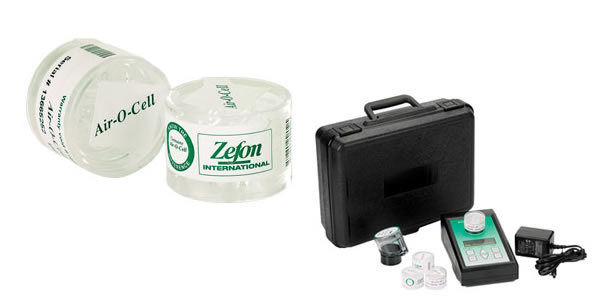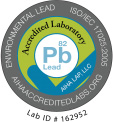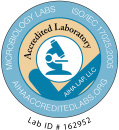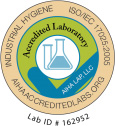 The air around us is filled with numerous hazardous materials and bacteria that can cause several health issues. These pollutants range from dust, vapors, gases, various chemicals, and microorganisms. This is not only related to outdoor air, as several studies have found that indoor air can sometimesbe more contaminated. Air sampling and testing is done to check the quality of air in your environment.
The air around us is filled with numerous hazardous materials and bacteria that can cause several health issues. These pollutants range from dust, vapors, gases, various chemicals, and microorganisms. This is not only related to outdoor air, as several studies have found that indoor air can sometimesbe more contaminated. Air sampling and testing is done to check the quality of air in your environment.
What Is Air Sampling?
Air sampling is a method used to find out what airborne contaminants are present in your environment. Air is collected by using various methods and then, it is tested for the presence and concentration of hazardous substances and microorganisms.
How to Collect Air Samples?
Different methods and techniques for collecting air samples exist. The selection of a procedure depends upon the type of contaminant you want to test the air for. Some common sampling methods include:
- Whole Air Sampling
The easiest way of collecting air samples is ‘whole air sampling’ and is effective for collecting samples of volatile organic compounds, reduced sulfur compounds and permanent gases present in the air. Whole air samples are commonly collected in Tedlar bags and Summa canisters either by using a pump, or passively by relying on the evacuated canister.
The samples are then sealed and delivered to the lab for testing.
- Active Air Sampling
Active air sampling is commonly used for collecting various types of volatile and semi-volatile organic compounds. However, different types of sorbent materials are used for collecting different VOCs and SVOCs present in the air.
In active air sampling, air is passed through a tube that is filled with a solid sorbent material. The sorbent material chemically absorbs the contaminant(s). A sampling pump is used to collect an air sample through this method.
- Passive Air Sampling
Passive air sampling is the opposite of the active sampling technique. Although the solid sorbent material is also used in this method, rather than actively pulling the air through the tube containing sorbent, passive sampling relies on a diffusion process for absorption of contaminants on the sorbent.
- Filter Sampling
Filter sampling also involves using a sampling pump to pull the air sample through a filter cassette. This method is used for collecting contaminants in vapor form. When passed through the filter cassette, the contaminant (for which the test is conducted) chemically reacts with the filter and is converted into a stable derivative. Different types of filters are used for collecting different contaminants.
- Impinger Sampling
In Impinger sampling, air is bubbled through a reactive liquid solution. During this process, the contaminants present in the sample, or air, chemically react with the liquid. This method is suitable for use during high moisture levels and high temperatures and for measuring contaminants in stationary sources.
Since air sampling is a technical process and specific equipment is needed for it, it is best to be left to the professionals. SanAir Technologies Laboratory conducts sampling and testing of all hazardous materials present in your environment. Call them at 804-897-1177 or visit www.sanair.com for further details.
Sources:
http://emtekair.com/blog/air-sampling-how-to-do-it-the-right-way/
http://www.cdc.gov/niosh/docs/95-117/pdfs/95-117.pdf
https://www.ncbi.nlm.nih.gov/pmc/articles/PMC3444341/
http://www.eurofinsus.com/media/161448/guide-to-air-sampling-analysis-2014-06-27_revised-logos.pdf
http://www.skcltd.com/index.php/uncategorised-articles/351-what-is-air-sampling












